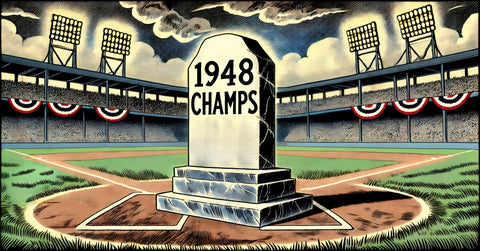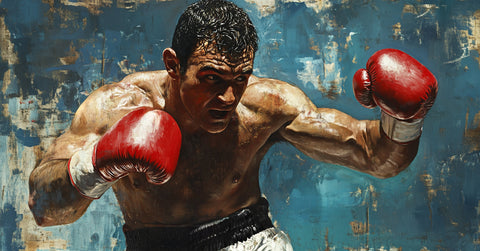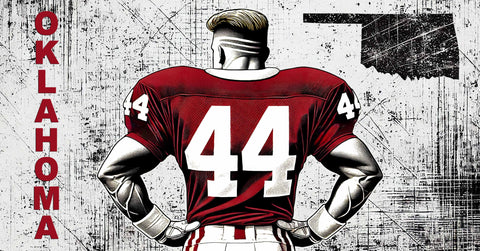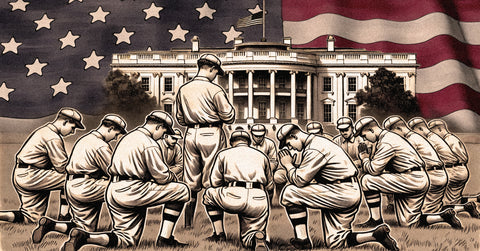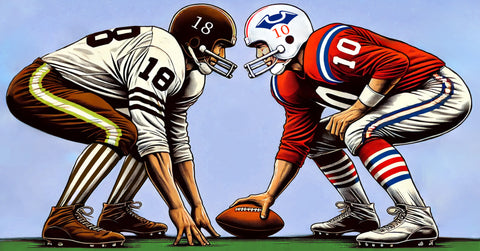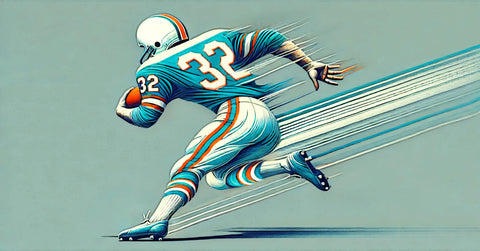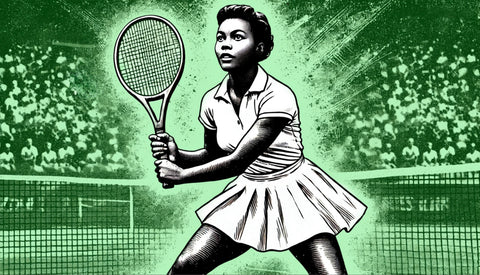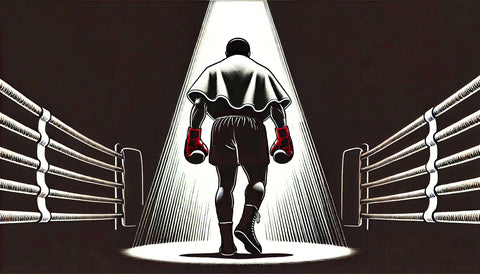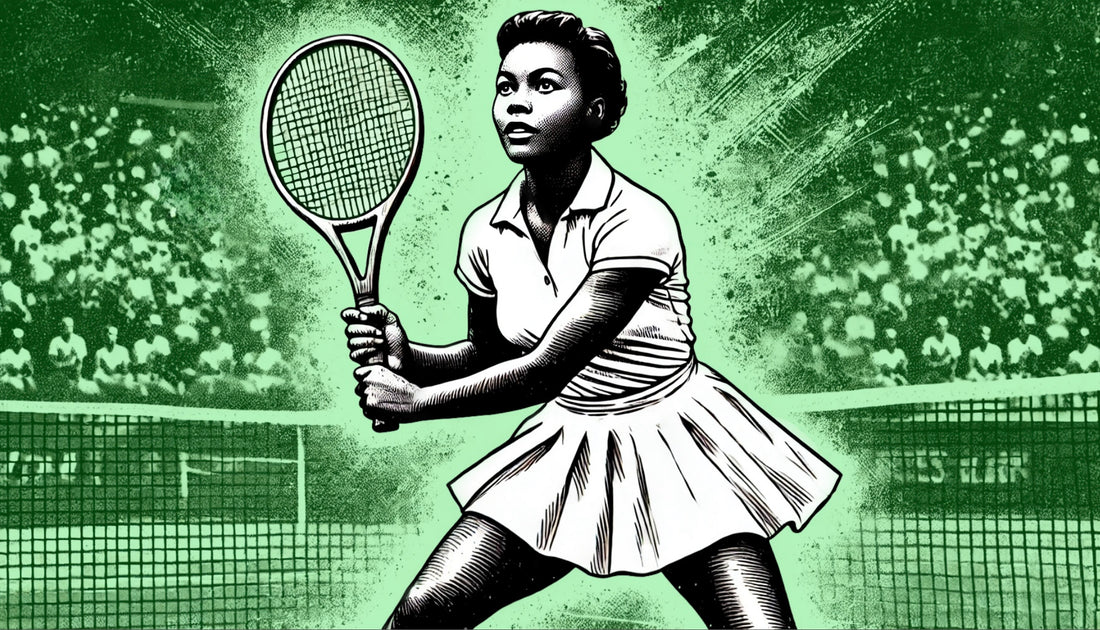
August 22, 1950: Breaking the Color Barrier - Althea Gibson's Historic Acceptance to the 1950 U.S. Tennis Championships
Share
On August 22, 1950, Althea Gibson made history by becoming the first African-American to be accepted to compete in the U.S. National Championships, the prestigious tournament now known as the U.S. Open. At a time when racial segregation was still a harsh reality across much of the United States, Gibson’s acceptance onto such a grand stage was nothing short of revolutionary.
Born in South Carolina and raised in Harlem, New York, Gibson's journey to this historic moment was filled with challenges. Tennis, like many other sports during that era, was largely inaccessible to African-Americans, who were often excluded from major competitions. Despite these obstacles, Gibson's talent and determination caught the attention of Alice Marble, a former Wimbledon champion, who advocated for her inclusion in the national tournament. Marble's public support was instrumental in opening the door for Gibson, who had already proven herself in segregated tournaments but needed a chance to showcase her skills on a national level.
When Gibson was accepted into the U.S. National Championships, she wasn't just competing for herself; she was representing a breakthrough in the fight for equality. Her participation sent a powerful message that talent and ability should be the only criteria for competition. Although her acceptance was a significant victory for civil rights, her presence in the tournament paved the way for future generations of African-American athletes.
Gibson’s impact extended far beyond that one tournament. She went on to become the first African-American tennis player to win a Grand Slam title, securing the French Championships in 1956. Her career continued to flourish as she dominated the sport, winning a total of 11 Grand Slam titles in singles and doubles. Her Grand Slam singles victories include Wimbledon (1957, 1958) and the U.S. National Championships (1957, 1958). In doubles, she won titles at the Australian Championships (1957), French Championships (1956), and Wimbledon (1956, 1957, 1958), and reached the finals at the U.S. National Championships in 1957 and 1958.
At that time, these tournaments were referred to as "Championships," a term that highlighted the prestige and exclusivity of these amateur competitions. It wasn't until the dawn of the Open Era in 1968, when professionals were allowed to compete, that they became known as "Opens."
In mixed doubles, Gibson also excelled, capturing the U.S. National Championships title in 1957 and reaching the finals at Wimbledon three times (1956, 1957, 1958). Her consistent success across all forms of the game helped to break down racial barriers in tennis and inspired future generations of African-American athletes, including Arthur Ashe and the Williams sisters, who have cited Gibson as a trailblazer.
Beyond her athletic achievements, Gibson's courage and perseverance made her a symbol of hope and progress during a pivotal time in American history. Her legacy is not only one of tennis greatness but also of fighting for a more inclusive and just society. Today, she is remembered as a pioneer who opened doors that had long been closed, and her story continues to inspire those who seek to challenge the status quo and make their mark in the world.









